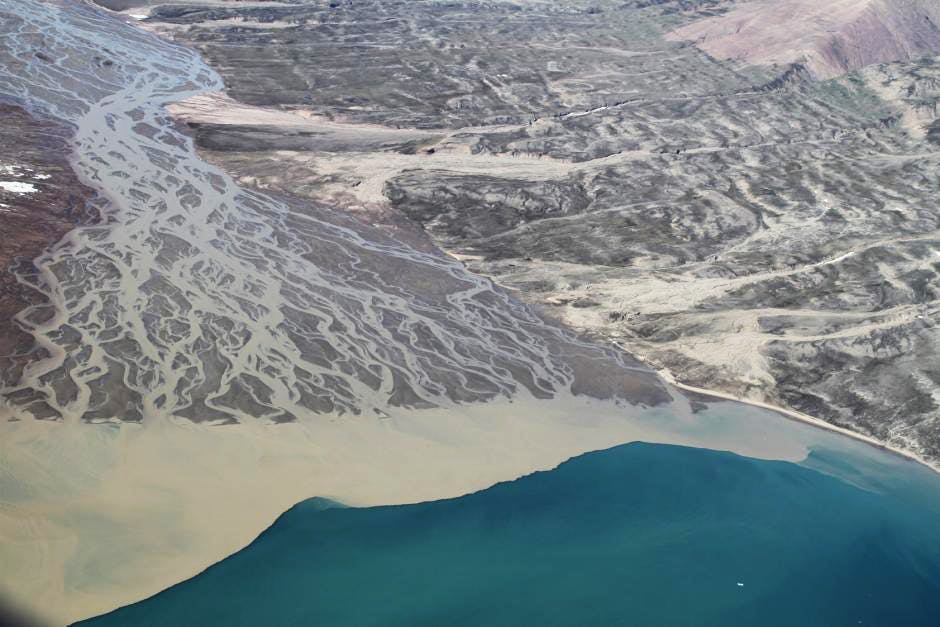Glacier flour - a new global fertilizer?
A research project will investigate whether glacial ”flour” from Greenland can revitalize depleted soil, prevent forest burns in the tropics and at the same time create new jobs in Greenland.
In a new research project led by Professor Minik Rosing from the Statens Naturhistoriske Museum, University of Copenhagen, they will now investigate whether glacial meal from Greenland can be exported as fertilizer. The research project is supported with DKK 5 million. by the Novo Nordisk Foundation.
The constant movements of the ice sheet over the bedrock mean that the underlying rocky ground is crushed and ground to a fine powder called glacier flour. The meltwater is carried by the glacial melt to lakes and fjords, where it is deposited as mud. Over the last millennia, colossal amounts of this fine mud have been deposited in the Greenlandic fjords and new material is constantly being formed.
It has never before been investigated whether this glacial ”flour” is an interesting resource that can be used for anything. But in this project, the potential of glacier flour as a nutrient-rich fertilizer for the tormented soils of the tropics is now being uncovered, so that more and better food can be produced in the world. The project is being developed in collaboration between plant researchers, soil experts, geologists and the business community in Greenland.
Professor Minik Rosing, Statens Naturhistoriske Museum, University of Copenhagen by e-mail: minik@sund.ku.dk
